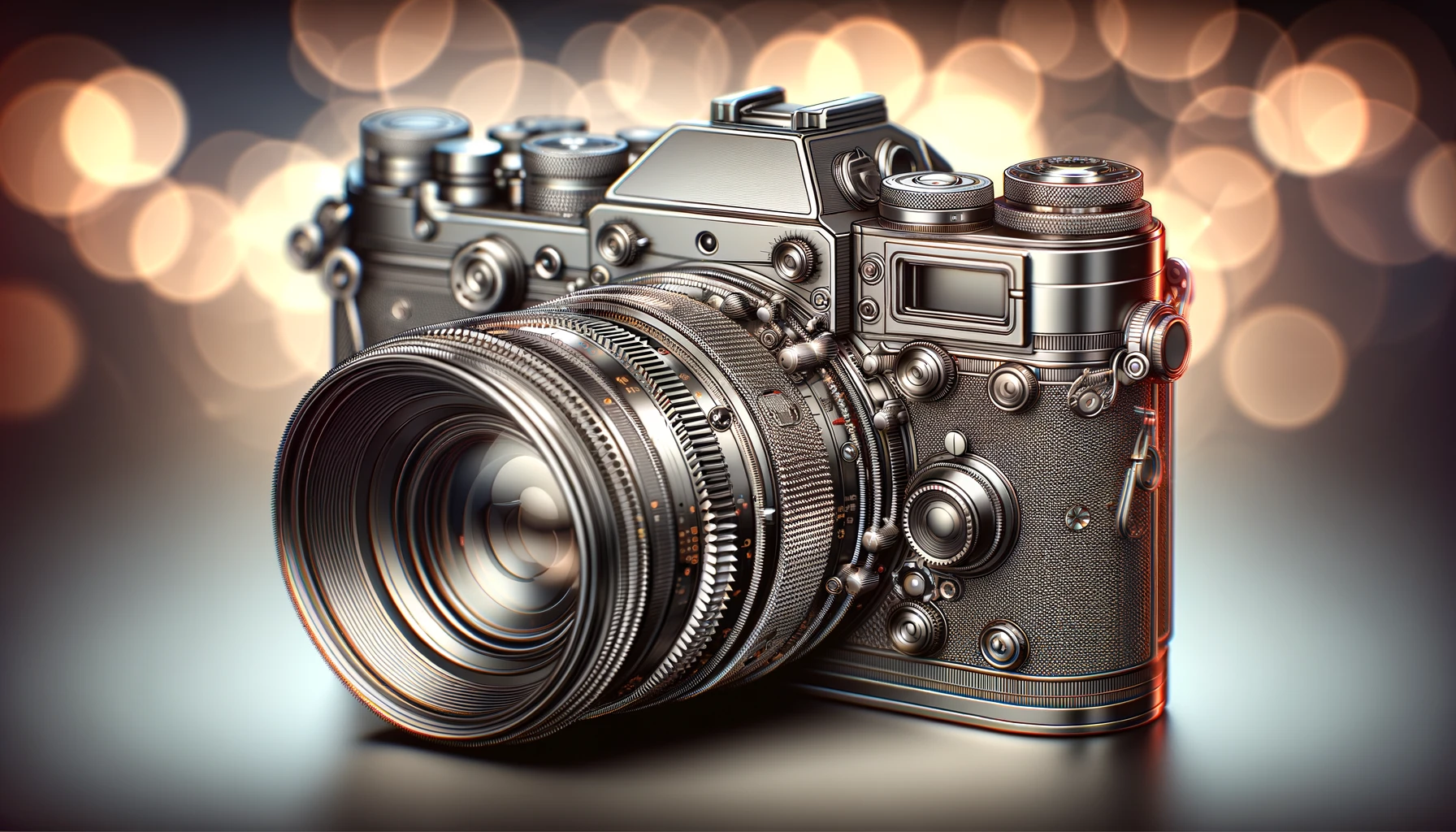Introduction
Have you ever wondered how professional photographers can capture stunning photos that seem to transport us to another world? Do you wish you could create the same breathtaking images with the camera you have in your hands right now? Well, you’re in luck! In this article, we will explore how to create professional photos, even if you’re just a beginner with little to no experience. Whether you want to improve your photography skills for personal satisfaction or take your passion to the next level, we’ve got you covered.
Understanding the Importance of Composition
When it comes to creating professional photos, composition plays a crucial role in capturing the viewer’s attention and evoking an emotional response. Here are a few key factors to consider:
- The power of the rule of thirds: Imagine dividing your photo into a 3×3 grid, both horizontally and vertically. By placing your subject along the intersecting lines or at their intersections, you create a visually pleasing composition that draws the viewer’s eye.
- Leading lines that guide the viewer’s eye: Look for lines in your environment, such as roads, rivers, or fences, that can lead the viewer’s eye towards the main subject of your photo. This technique adds depth and visual interest to your composition.
- The significance of balance and symmetry: Achieving a balanced composition can be visually appealing, and symmetry can create a sense of harmony. However, don’t be afraid to break the rules and experiment with asymmetry for a more dynamic and unique composition.
Mastering Light and Exposure
Understanding how to work with light and exposure is essential for creating professional-looking photos. Consider the following tips:
- The magic behind golden hour photography: The golden hour refers to the hour after sunrise or before sunset when the lighting is soft and warm. During this time, shadows are longer, colors are more vibrant, and the overall mood of your photos can be truly magical.
- Using natural light to your advantage: Experiment with different lighting conditions, such as backlighting, sidelighting, and front lighting, to add depth and dimension to your images. Natural light can create stunning portraits and capture the essence of a moment.
- Exploring different exposure settings: Don’t be afraid to step out of your comfort zone and experiment with exposure. Adjusting your aperture, shutter speed, and ISO can dramatically impact the mood and style of your photos. Remember, photography is about creative expression.
Utilizing Perspectives and Angles
The way you position yourself and your camera can drastically alter the impact of your photos. Consider the following tips:
- Getting down low for dynamic shots: Try crouching, kneeling, or even lying on the ground to capture unique perspectives. By shooting from a low angle, you can make your subject appear more powerful and imposing.
- Experimenting with unique angles: Challenge yourself to shoot from high angles or unusual vantage points. By exploring new angles, you can create interesting and captivating compositions that stand out from the crowd.
- Using reflections for added interest: Seek out reflective surfaces, such as puddles, glass, or even mirrors, to add depth and interest to your photos. Reflections can create stunning illusions and emphasize the beauty of your subjects.
Finding the Perfect Backdrops and Locations
Choosing the right background and location can elevate your photos to a professional level. Consider the following tips:
- Choosing backgrounds that enhance your subject: Look for backgrounds that complement and enhance the main subject of your photo. A neutral backdrop can make your subject pop, while a textured or colorful background can add depth and interest.
- Considering the impact of colors: Experimenting with different color palettes can create different moods and evoke different emotions in your photos. Warm tones can add a sense of coziness, while cool tones can create a tranquil atmosphere.
- Exploring various outdoor and indoor locations: Whether you’re shooting outdoors or indoors, there are endless possibilities for finding unique and captivating locations. Nature parks, city streets, abandoned buildings, or even your own home can all provide interesting backdrops for your photos.
Capturing Emotion and Storytelling
A truly professional photo goes beyond the technical aspects and conveys emotion and tells a story. Consider the following tips:
- The power of capturing candid moments: Candid shots can often be the most powerful and emotional. Instead of always posing your subjects, try capturing them in their natural state. This approach can create genuine and authentic photos that tell a story.
- Conveying emotion through facial expressions: Encourage your subjects to display genuine emotions and expressions. Whether it’s joy, sadness, or contemplation, capturing genuine emotions adds depth and authenticity to your photos.
- Telling a story with your images: Instead of capturing single images, try creating a series of photos that tell a story. By capturing different moments and perspectives, you can take your viewers on a visual journey and ignite their imagination.
Post-Processing and Editing Techniques
Post-processing is an essential step in creating professional-looking photos. Consider the following tips:
- Enhancing your images with basic adjustments: Use photo editing software to adjust the exposure, contrast, saturation, and sharpness of your images. Basic adjustments can bring out the best in your photos and ensure they truly shine.
- Using filters and presets to set the mood: Experiment with different filters and presets to add a specific mood or style to your photos. Whether it’s vintage, black and white, or vibrant and colorful, filters can transform your images and give them a unique look.
- Removing distractions and imperfections: Take the time to clean up your images by removing any distractions or imperfections. Cluttered backgrounds, dust spots, or blemishes can draw attention away from your subject, so clean up the distractions and let your subject shine.
Continuous Learning and Practice
Photography is a continuous learning process, and the more you practice, the better you become. Consider the following tips:
- Embracing photography as a lifelong journey: Don’t expect to become a professional overnight. Photography is a journey, and embracing the learning process will help you grow as a photographer and continue improving your skills.
- Experimenting with new techniques and styles: Don’t be afraid to step out of your comfort zone and experiment with different techniques and styles. Trying new things will help you discover your own unique voice and style in photography.
- Seeking inspiration from other photographers: Gain inspiration by studying the work of other photographers. Analyze their composition, use of light, and storytelling techniques. Remember, there’s always something to learn from those who have come before you.
Conclusion
Creating professional photos is not reserved for a select few. With the right knowledge and practice, anyone can capture stunning images that leave a lasting impression. Remember, composition, light and exposure, perspectives, locations, storytelling, post-processing, and continuous learning are the key pillars to creating professional photos. Now it’s time to get out there, explore your surroundings, and let your creativity soar. The world is waiting to see the beauty through your lens.
FAQs (Frequently Asked Questions)
- Can I create professional photos with a smartphone? Absolutely! Many smartphones today have advanced camera capabilities, allowing you to capture high-quality photos. The principles and techniques discussed in this article can be applied to smartphone photography as well.
- Do I need expensive equipment to create professional photos? While having high-end gear can be beneficial, it’s not a requirement. Great photos can be captured with entry-level cameras or even smartphones. It’s more about understanding how to use your equipment effectively and applying the right techniques.
- How long does it take to master the art of photography? Photography is an ongoing learning process, and mastering the art takes time and practice. The journey towards becoming a skilled photographer is unique to each individual. Embrace the process, be patient with yourself, and enjoy the growth along the way.
- Should I shoot in RAW format or JPEG? Shooting in RAW format allows for more flexibility in post-processing, as it preserves more image data. However, it requires additional steps for editing and may occupy more storage space. JPEG format, on the other hand, offers convenience and smaller file sizes. Consider your workflow and editing preferences when choosing a format.
- Is it necessary to take photography courses to create professional photos? While photography courses can be beneficial, they are not essential to create professional photos. With determination, self-study, and practice, you can acquire the necessary skills and knowledge to improve your photography. Online resources, tutorials, and experimenting with different techniques can also contribute to your growth as a photographer.






